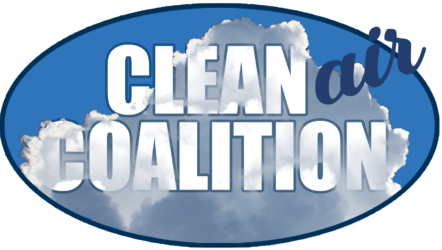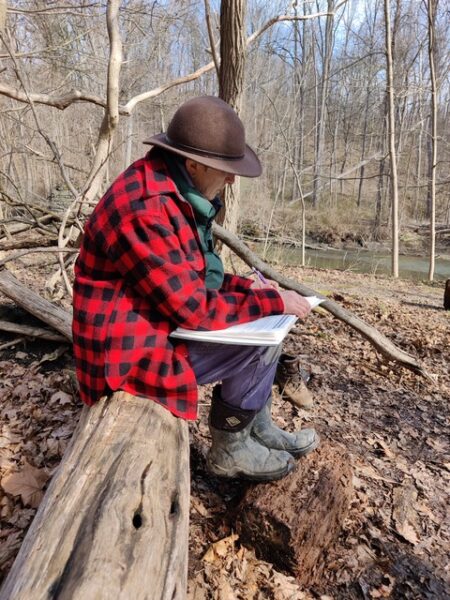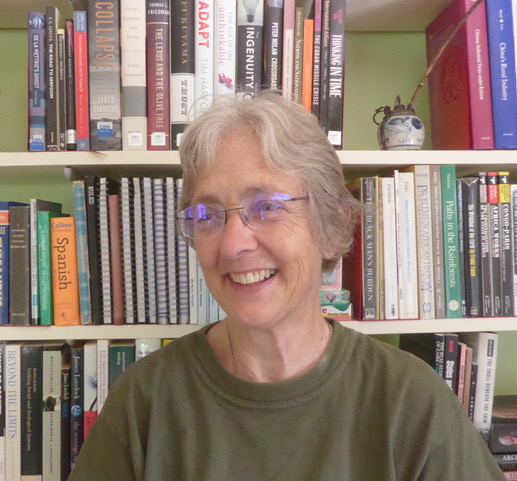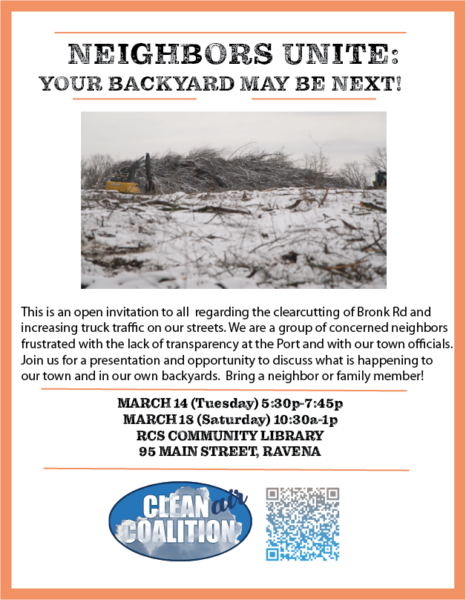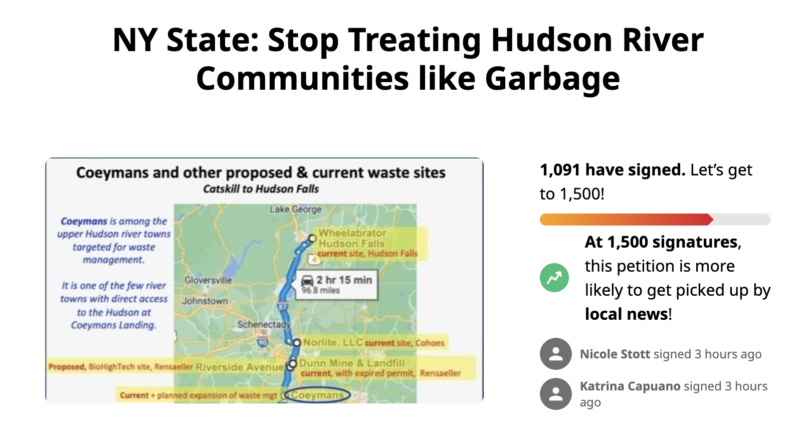Scenic Hudson is looking to help communities increase shoreline access. As a result, they have established a river access website with an easy-to-use map designed to let you indicate where you are using the Hudson River shoreline, what you like to do there, and where you’d like future river access.
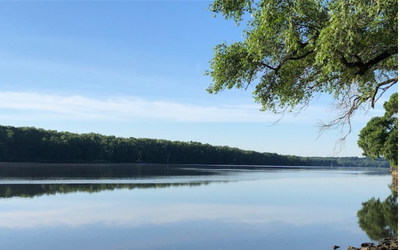
Direct links to a brief introductory video and the interactive map are here:
1. An 8-minute video on the HRAP
2. Visit the Interactive Map for your opportunity to make your voice heard. It’s easy to place your comments and vote.
And, here is the full website: Scenic Hudson’s Hudson River Access Plan (HRAP). Please help Scenic Hudson help you achieve your community’s river access goals by participating in this important survey. You can insert comments on the interactive map, and vote for your favorite access sites until March 31st!
